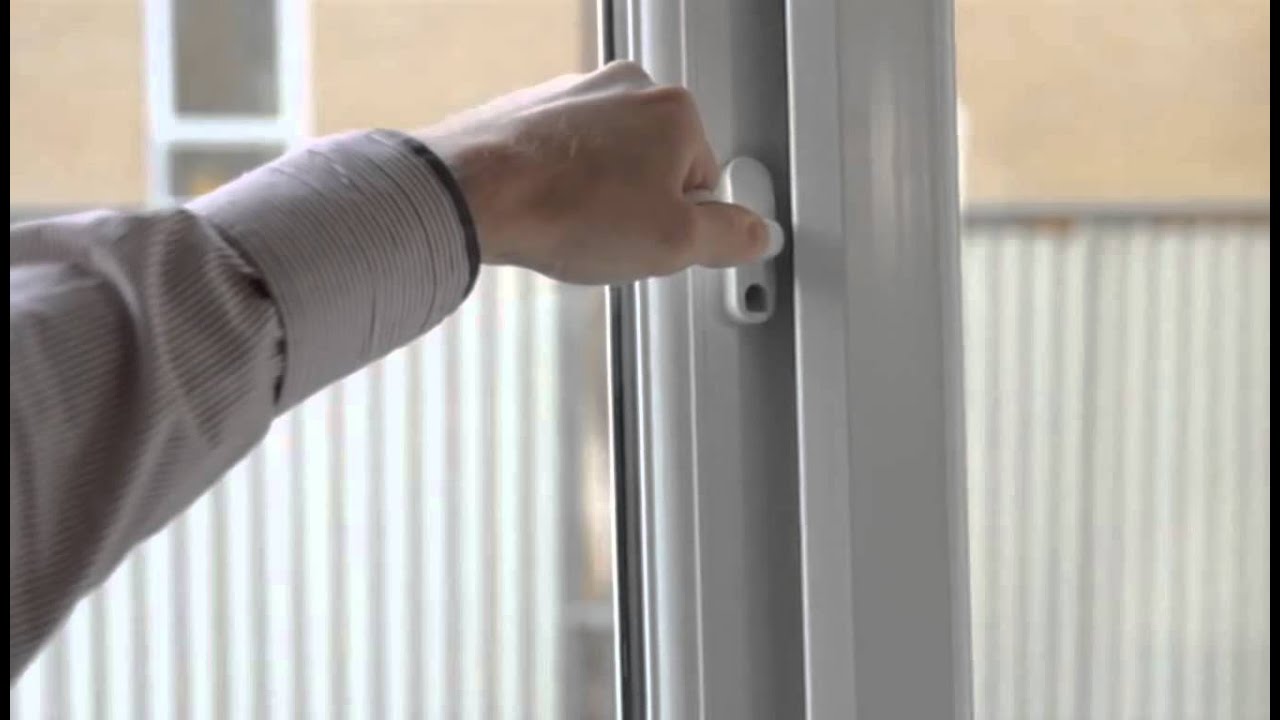Designing Your Home Assistant Dashboard: 5 Tips

The rise of smart home technology has empowered homeowners to create efficient and personalized living spaces. A key component of this ecosystem is the home assistant dashboard, a centralized hub that controls and displays various smart devices and systems. Designing an effective dashboard requires careful consideration of user experience, functionality, and aesthetics. Here, we present five expert tips to guide you in crafting an intuitive and stylish home assistant dashboard.
1. Define Your Dashboard’s Purpose and Audience

Before diving into the design process, clearly define the purpose of your home assistant dashboard. Is it primarily for controlling lighting and temperature, or do you want it to manage your entire smart home ecosystem, including security systems, entertainment, and appliances? Understanding the dashboard’s scope will help you make informed design decisions.
Additionally, consider your target audience. Are you designing for yourself, a family, or a tech-savvy couple? Tailoring the dashboard to your audience's needs and preferences will enhance its usability and satisfaction.
Personalization in Action
Imagine a family with young children. Their dashboard might prioritize safety and convenience, featuring large, easily accessible buttons for turning on/off lights, adjusting room temperatures, and activating a pre-set “night mode” that dims lights and locks doors. On the other hand, a tech-savvy individual might prefer a more complex dashboard with advanced features like voice control, customizable routines, and detailed energy usage tracking.
| Dashboard Purpose | Target Audience |
|---|---|
| Basic Smart Home Control | First-time Smart Home Users |
| Advanced Automation and Control | Tech-Enthusiasts |
| Efficient Energy Management | Eco-Conscious Homeowners |

2. Optimize for Usability and Accessibility

An effective home assistant dashboard should be easy to navigate and use, regardless of the user’s technical expertise. Keep the interface simple and intuitive, with clear labels and a logical layout. Group related controls together and consider the hierarchy of information to guide users efficiently.
Incorporate accessibility features to ensure that your dashboard is usable by individuals with varying abilities. This includes options for screen readers, high-contrast themes, and adjustable font sizes.
Usability Best Practices
Some key principles to enhance usability include:
- Consistent Design: Maintain a consistent visual language throughout the dashboard to reduce cognitive load.
- Clear Visual Cues: Use color, icons, and typography to guide users’ attention and indicate important information.
- Feedback and Response: Provide visual and auditory feedback to confirm user actions and indicate system responses.
- Error Prevention: Design the dashboard to minimize errors by providing clear instructions and validation.
3. Utilize Visual Design Principles
Visual design is a powerful tool to make your home assistant dashboard appealing and engaging. Apply design principles such as balance, contrast, and alignment to create a visually harmonious interface. Use color theory to evoke specific emotions and guide user attention.
Consider the aesthetic preferences of your target audience. A minimalist design with clean lines and subtle colors might appeal to a sophisticated audience, while a more playful and colorful approach could engage a younger demographic.
Color Psychology in Smart Homes
Colors have a profound impact on human emotions and behavior. When designing your dashboard, consider the psychological effects of color to create the desired atmosphere:
- Blue: Often associated with calmness and trust, blue can be ideal for creating a relaxing ambiance in your smart home.
- Green: Symbolizing nature and growth, green can promote a sense of freshness and eco-friendliness.
- Orange: A vibrant and energetic color, orange can add a playful touch to your dashboard, perfect for engaging younger users.
- Gray: Neutral and understated, gray can create a modern and sleek look, ideal for a minimalist aesthetic.
4. Integrate Voice Control for Enhanced Convenience
Voice control is a game-changer in smart home technology, offering a hands-free and intuitive way to interact with your home assistant dashboard. Integrating voice control into your design can significantly enhance the user experience, especially for multi-tasking or when users have their hands full.
Consider the placement of voice control buttons or icons on your dashboard. Ensure they are easily accessible and clearly labeled. Voice control can be particularly useful for controlling lighting, adjusting temperatures, or playing music, allowing users to make adjustments with simple voice commands.
Voice Control Scenarios
Imagine a busy parent cooking dinner while trying to keep an eye on their kids. With voice control integrated into the dashboard, they can say, “Hey, turn off the lights in the kids’ room” or “Play some soft jazz in the kitchen” without having to pause their tasks or navigate the dashboard manually.
| Voice Command | Action |
|---|---|
| "Good morning, turn on the coffee machine" | Activates the coffee machine for a morning routine. |
| "Set the living room lights to 50% brightness" | Adjusts the lighting for a cozy ambiance. |
| "Play my morning workout playlist" | Starts a personalized playlist for exercise. |
5. Ensure Regular Updates and Feedback

A well-designed home assistant dashboard is not a static entity; it should evolve with your smart home ecosystem and user needs. Regularly update your dashboard to integrate new features, improve usability, and address any issues reported by users.
Encourage user feedback to understand their pain points and preferences. This feedback loop will help you make informed decisions about future dashboard enhancements, ensuring it remains relevant and useful over time.
Dashboard Evolution
As your smart home expands, your dashboard should adapt. For instance, if you install new smart locks, ensure your dashboard reflects this addition, allowing users to easily control and monitor their security system. Similarly, if a new energy-saving feature becomes available, integrate it into the dashboard to promote sustainable practices.
Regularly seeking feedback can reveal areas for improvement. Users might suggest simplifying certain controls or adding new features they've come to expect from other smart home platforms. Staying attuned to user needs will keep your dashboard fresh and engaging.
How can I choose the right color scheme for my dashboard?
+Selecting a color scheme is a creative process that considers your personal preferences and the desired ambiance. Start by identifying the primary color you want to use, then choose complementary colors to create a harmonious palette. You can also take inspiration from nature or existing color palettes to find a combination that resonates with you.
What are some common mistakes to avoid when designing a home assistant dashboard?
+Some common pitfalls include over-complicating the design, making it difficult to navigate, or using inconsistent visual elements. Avoid cluttering the dashboard with too many controls or unnecessary graphics. Ensure all elements serve a purpose and contribute to a seamless user experience.
How can I make my dashboard more energy-efficient?
+Integrate energy-saving features like scheduling or automated adjustments based on occupancy sensors. Provide users with real-time energy usage data to encourage mindful habits. Additionally, use energy-efficient materials and components when designing the dashboard hardware.



